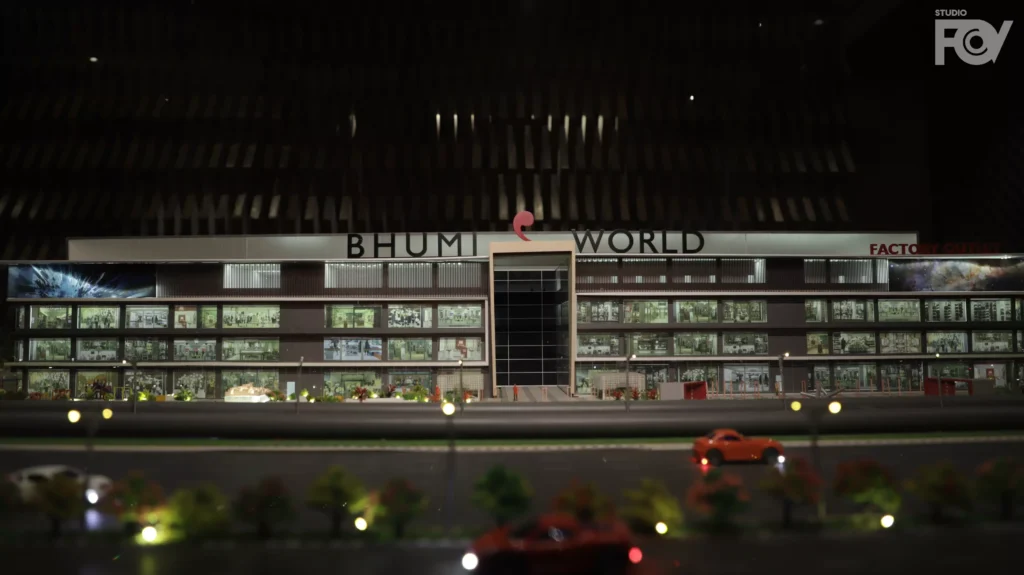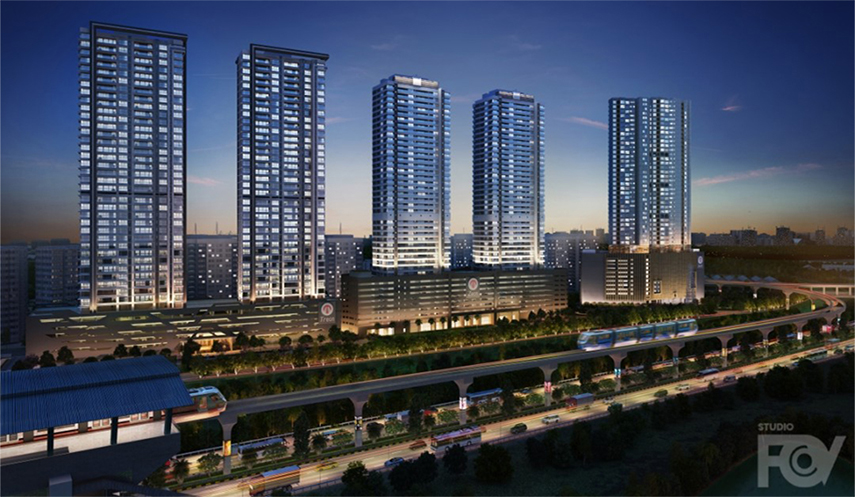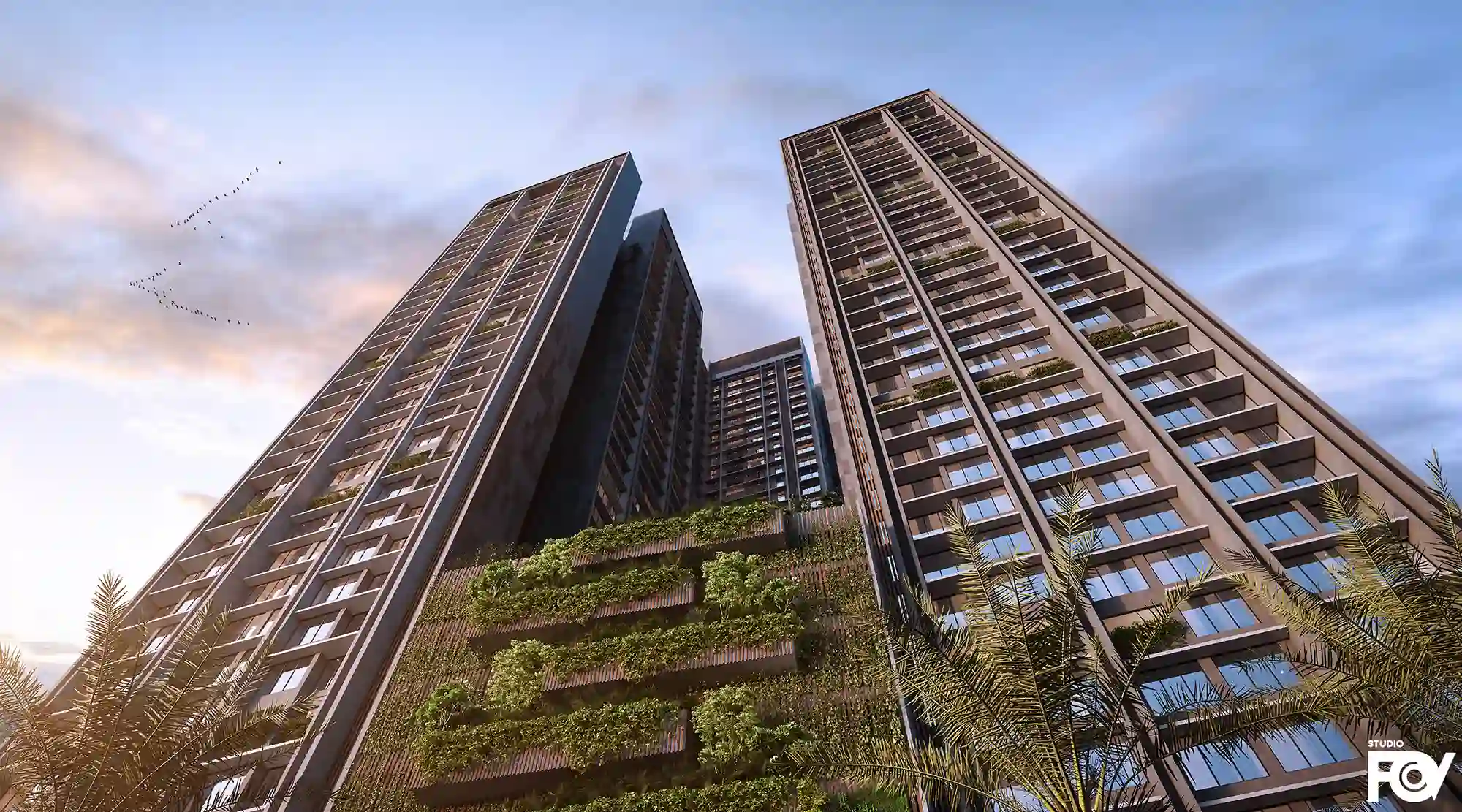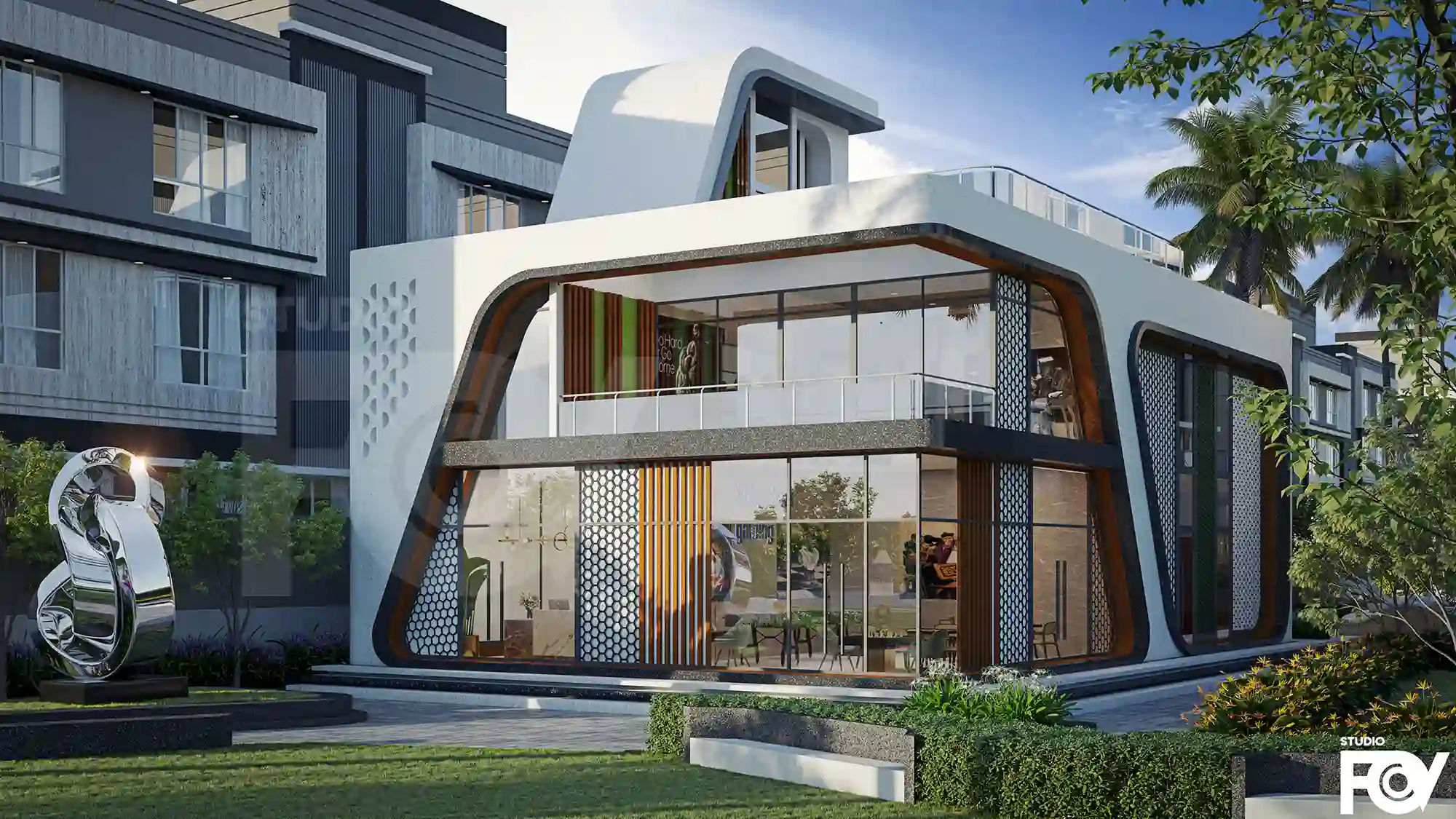
Designing architectural spaces is both an art and a science. Whether you’re creating a cozy home, an expansive commercial space, or a public building, there are some key principles that help guide the process. In this article, we’ll break down the essential elements—balance, flow, and functionality—that architects and designers use to create spaces that not only look stunning but also work seamlessly in everyday life.
Before we dive into the key principles, let’s talk about what makes an architectural space truly great. It’s more than just aesthetics or following the latest design trends. A well-designed architectural space feels natural, serves its purpose, and makes you want to spend time there. Whether it’s a small room or a sprawling complex, the space needs to flow effortlessly, allowing its users to move through it comfortably and intuitively.
At its core, architectural design is about more than just constructing buildings. It’s about creating spaces where people can live, work, and thrive. That’s why understanding these fundamental principles is so important.
Balance is the foundation of any well-designed architectural space. It’s about making sure that all the elements in a room or building feel harmonious and that no one aspect overwhelms the others. In architecture, balance can be achieved through symmetry or asymmetry.
Symmetrical Balance: This is where the elements on one side of the space mirror those on the other side. Think of a grand hallway with identical doorways on either side or a formal living room with perfectly matched furniture. Symmetry creates a sense of order and calm, making the space feel composed and organized.
Asymmetrical Balance: Asymmetry, on the other hand, uses different elements to create balance. This might involve placing a large piece of artwork on one wall while balancing it with smaller, grouped objects on the opposite side. Asymmetrical balance feels more dynamic and modern, often leading to spaces that feel less formal but equally engaging.
For architects and designers, achieving balance means thinking about how every element in the space—whether it’s furniture, lighting, or artwork—interacts with everything else.
Flow is all about how people move through a space. Great architectural spaces guide people naturally from one area to the next, whether it’s through open doorways, wide hallways, or visual cues like lighting and flooring changes.
Architects and designers often think of flow in terms of circulation. This refers to the way people navigate the space and how easily they can move from room to room. A home with good flow, for example, has clear, logical pathways that connect living areas, bedrooms, and outdoor spaces. In commercial spaces, flow is even more critical, as it affects everything from employee productivity to customer satisfaction.
Tips for creating better flow in architectural spaces:
Clear Pathways: Ensure there are no unnecessary obstacles, like bulky furniture or awkwardly placed walls, that block movement.
Room Placement: Place high-traffic areas like kitchens or conference rooms in accessible locations, while quieter areas like bedrooms or private offices should be tucked away.
Visual Cues: Use lighting, changes in flooring, or architectural features to subtly guide people through the space without them even realizing it.
Good flow doesn’t just make a space feel more comfortable—it makes it more functional, too.
A space that looks incredible but doesn’t serve its purpose is, ultimately, a failure. That’s where functionality comes in. Architects and designers must always consider how a space will be used and how it can best serve its users.
When designing an architectural space, it’s important to ask questions like:
What will people do in this space?
How many people will use it at once?
How can the space adapt to different needs?
Functionality is especially crucial in spaces that have multiple uses, like open-plan offices or mixed-use residential buildings. The key is to design with flexibility in mind, allowing the space to evolve as needs change.
Efficient Layouts: Whether you’re working with a small space or a large building, layouts should maximize usable square footage. Every square foot should serve a purpose, whether it’s for movement, storage, or seating.
Adaptability: Furniture, lighting, and even walls should be easy to adjust or reconfigure based on changing needs. For example, an office might need to transition from a collaborative space during the day to a more private setting in the evening.
User Experience: Ultimately, the users of the space should find it intuitive and easy to navigate. If a space is overly complicated or difficult to use, it can lead to frustration, even if it looks great on paper.
Balancing Aesthetics with Practicality
As architects and designers, the challenge often lies in striking the perfect balance between aesthetics and practicality. A well-designed space not only looks beautiful but works beautifully, too.
For example, in an architectural space like a restaurant, the design needs to be inviting and visually appealing, but also functional enough for staff to move quickly and efficiently. Similarly, in a home, you want spaces that feel comfortable and lived-in, while still being stylish and modern.
Achieving this balance requires collaboration between architects, designers, and often the clients themselves. It’s about finding solutions that serve both form and function without compromising on either.
Balance in architecture refers to the distribution of visual weight in a space, ensuring that no one area feels too heavy or overwhelming. It can be achieved symmetrically or asymmetrically, depending on the design style.
Flow ensures that people can move through a space easily and naturally. It affects both the comfort and functionality of the space, guiding users from one area to another without obstacles or confusion.
Architects and designers balance aesthetics and functionality by carefully planning layouts, choosing adaptable materials, and considering how the space will be used. The goal is to create spaces that are both visually stunning and practical for everyday use.
Improving flow involves creating clear pathways, using visual cues like lighting and changes in flooring, and ensuring that high-traffic areas are easily accessible.
Designing architectural spaces is about more than just creating beautiful buildings—it’s about crafting environments where people can thrive. By focusing on the principles of balance, flow, and functionality, architects and designers can create spaces that not only look amazing but work seamlessly for the people who use them.
At Studio Fov, we understand the art and science behind architectural spaces. Whether you’re working on a residential project or a large commercial build, these principles can guide your design process and help you create spaces that truly inspire.

EXTERIOR

EXTERIOR

EXTERIOR
We are not adamant about numbers and work on the requirement from your side with an open mind, do not hesitate to get in touch. Send us a project to evaluate and know how we work.